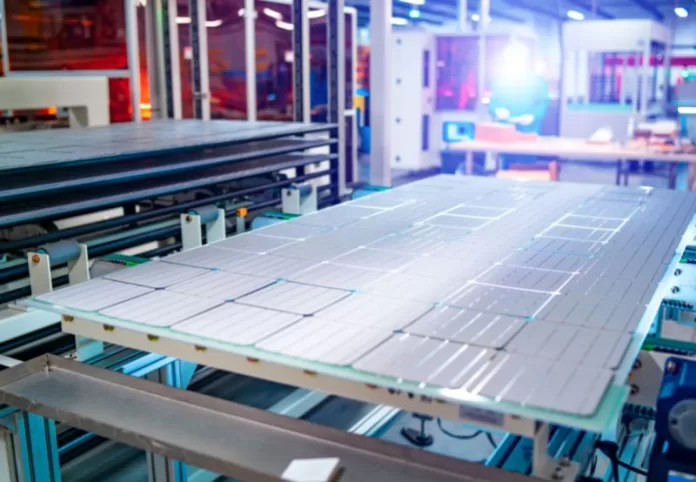In December of 2021, the company’s broke the previous efficiency record of 23.65%.
Risen Energy, a leader in the field of HJT module production, has spent a significant amount of money over the course of several years on research and development for HJT technology. They have smashed the world record for HJT module efficiency many times and are making significant headway in HJT product development.
The Hyper-ion module series, which was released in 2022, has a conversion efficiency that may reach as high as 23.89%. Moreover, it possesses a temperature coefficient that is exceptionally stable and a bifaciality that ranges from 85% to 10%.
Its carbon footprint value (CFP) can be lower than 400kg eq CO2/kWc since it utilises an ultra-thin cell technology that is the industry standard and is 100 micrometres thick.
According to Liu Yafeng, the Senior Director of Research and Development for Risen Energy Module, their most recent product, the Hyper-ion series, has “four highs and four lows.” These include high power, high power generation, high conversion efficiency, and high reliability. On the other hand, it also has low degradation, low temperature coefficient, low carbon footprint, and low LCOE.
He went on to say that Risen Energy will keep working to improve the technology and products related to photovoltaics (PV), which would assist customers in accomplishing their low-carbon objectives and move the entire society into the era of carbon neutrality.
The beginning of mass manufacturing of Risen Energy’s Hyper-ion series modules was officially announced towards the end of December 2022. The manufacturing capacity of the corporation is expected to increase to 5 GW in the first half of 2023, and then to 15 GW in the second half of the same year.





